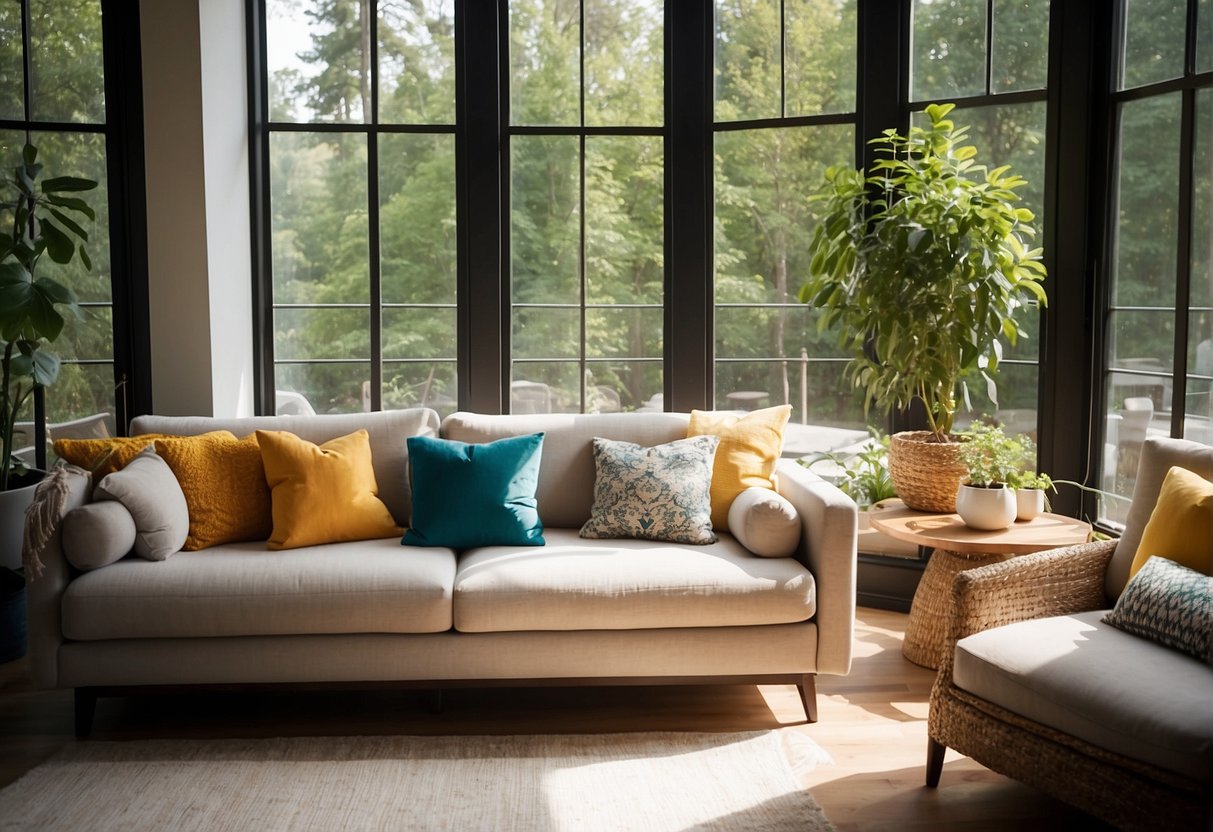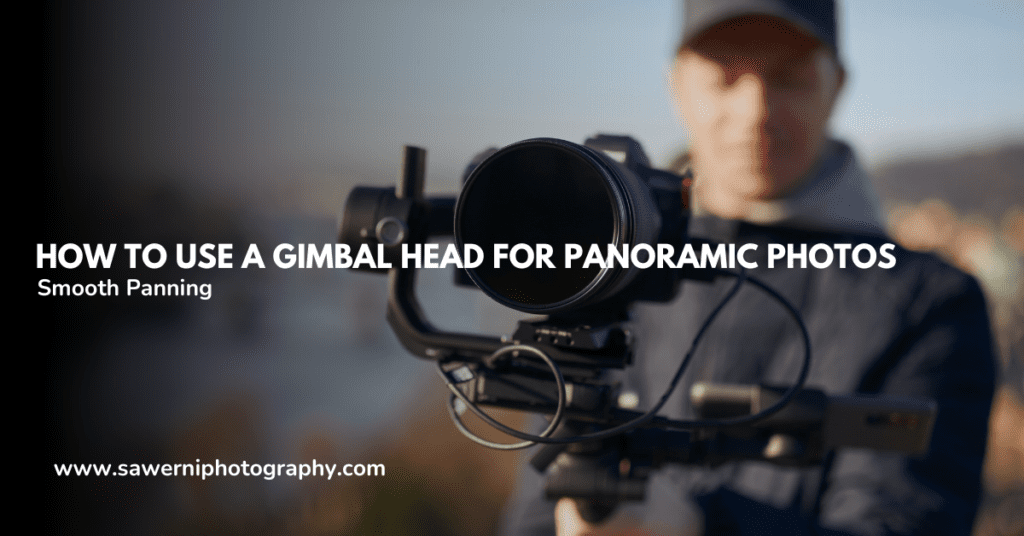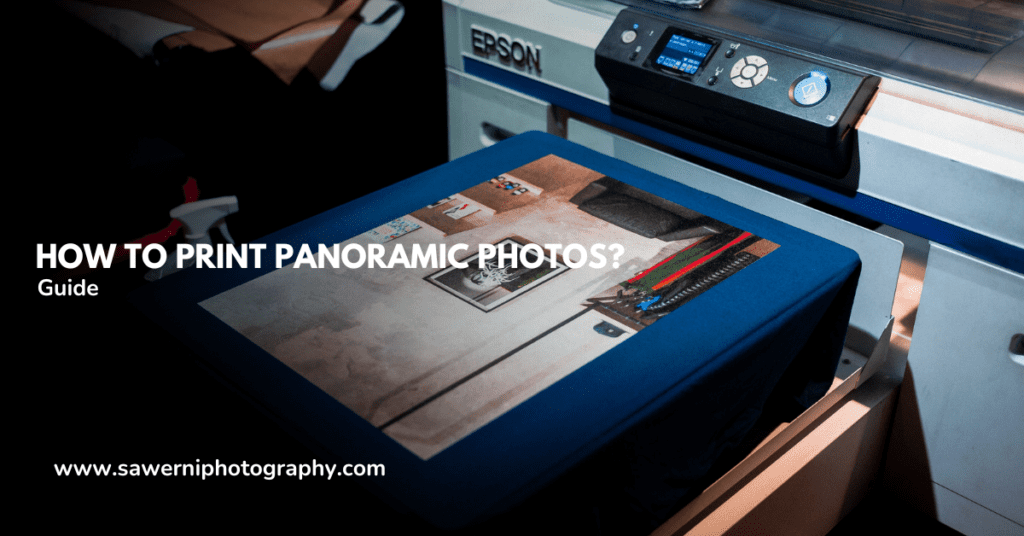Capturing the essence and aesthetic of an interior space in a photograph can often seem daunting, reserved only for the glossy pages of high-end design magazines. Yet, with the right approach, creating captivating interior photography that rivals professional publications is well within your reach.
Understanding the essentials of interior photography, from equipment selection to framing the perfect shot, can transform a simple room into a stunning visual narrative.

Interior photography is more than merely taking pictures of a room—it’s about capturing the mood, the play of light, and the harmony of elements that make a space unique and magazine-worthy.
Whether you are a seasoned professional looking to refine your craft or a novice with a keen eye for design, honing specific techniques will elevate your work. It involves a combination of art and science, where technical skills meet creative vision to create images that tell a story and evoke emotions.
Tips to Create Magazine-Worthy Interior Photography – Key Takeaways
- Mastering interior photography requires an understanding of both the technical and artistic elements.
- Careful consideration of lighting and composition is crucial for producing high-quality interior images.
- Post-production plays a significant role in achieving a polished and professional result.
Equipment and Settings
Before capturing those pristine interior shots, it’s crucial to have the right tools and knowledge at your disposal. From selecting a suitable camera to finding the perfect lighting, these are the foundation of professional photography skills that can elevate your interior photography from average to outstanding.
Read more about Photography Courses in Dubai.
Choosing the Right Camera and Lens
When it comes to interior photography, the quality of your images heavily relies on the gear you use. A camera with a full-frame sensor is ideal for capturing detailed and wide shots. Comprehensive it with a high-quality wide-angle lens to ensure you get more room into each frame without distortion. While a smartphone can suffice for casual shots, investing in a professional camera enhances your ability to adjust settings and manipulate the photo quality.
Tripod and Stability
A tripod is indispensable for interior photography. It offers the stability needed to eliminate camera shake, especially in low-light conditions. Position the tripod at mid-room height to achieve a natural perspective. This ensures your images don’t appear too skewed from shooting too high or too low, maintaining the correct angle and preserving depth in the composition.
Lighting Essentials
Lighting can make or break an interior shot. Utilize natural light as much as possible, as it gives a soft and authentic look. However, artificial light is used to fill the shadows when natural light is insufficient. A lighting feature like a softbox can diffuse light and minimize harsh shadows, giving your photography a balanced, professional look.
Learn more about Aerial Photography Company.
Understanding Exposure and Angles
Exposure settings are pivotal to capturing the essence of an interior space. Control your camera’s aperture, shutter speed, and ISO to balance the light and get a clear shot. Be mindful of your angle and perspective; experiment with various angles to find ones that showcase depth and maintain the real proportions of the space. Always consider the composition of the frame—employing the rule of thirds can help achieve a balanced and engaging photograph.
Shooting and Post-Production Techniques
Crafting magazine-worthy interior photographs entails capturing the perfect composition, mastering the play of light and shadows, and polishing your images during the post-production process. Let’s dive into specific techniques that will elevate your interior, architectural, and real estate photography to a professional standard meant for publication.
Capturing the Perfect Composition
When composing your shot for interior design photography, it’s essential to find the right balance and form. Focus on creating a focal point—whether a piece of furniture or an art piece—and use the room’s lines to guide the viewer’s eye towards it. Always pay attention to details; declutter the space to get that perfect shot and carefully stage with layers and textures to add depth.
Managing Light and Shadows
Proper lighting can make or break your interior photograph. Open the windows to allow as much natural light to fill the space as possible, and turn off harsh artificial lights to avoid unwanted shadows and highlights. When natural light is insufficient, a softbox lighting kit can help mimic the soft, diffuse light and create an inviting atmosphere within a living room or kitchen.
Learn more about Photography Retreats.
Editing for Magazine-Quality
Post-production is where your photos can genuinely transform. Utilize tools like Photoshop or Lightroom to correct any distortion, adjust colours, and bring out the textures and details in the linens or furniture. An expertly edited image will have balanced colours and sharpened details and be considered retouching to remove unwanted reflections and distractions.
Styling and Detailing
Your styling skills play a crucial role in achieving magazine-worthy images. Declutter the space and carefully select decor that complements the interior’s colour scheme and texture. Layer accessories and various forms make each scene look lived-in yet polished and ensure every detail aligns with the desired aesthetic of the photoshoot.


